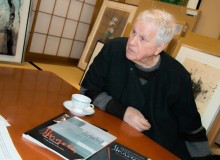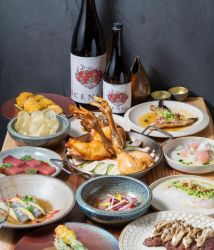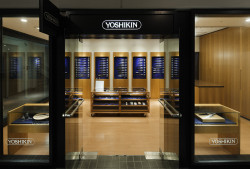
Originally published on metropolis.co.jp on October 2011

I woke up this morning with stretched hips and a sensitive back. I was sore… and happy. As I relaxed into the ache, I smiled. I came to Japan a year ago unsure of what I would walk away with. It turns out I’ve gained an incredibly rich yoga practice—and I’ve only just come to appreciate it.
I first tried yoga in West Africa, but after a frightening experience with an aggressive instructor, I abandoned it for five odd years. Then, I found myself pushing through a series of personal setbacks in Japan. I needed something—anything—to help me focus on the present.
Inhale. Push down your tailbone. Exhale. Pull through your spine. In one simple posture, I can so entirely engross myself in stretching my physical and emotional capacity that I am unable to process other information. It’s a glorious feeling to walk out of a 90-minute class knowing you left your best self on the mat because you were able to release all distractions and concentrate purely on the practice. I imagined this quality to be intrinsic to yoga, no matter the studio, the instructor—or even the country.
No so, I discovered this summer back in the United States. Americans are often about whipping out the most intense workout in the shortest time, and we’ve molded yoga to fit this ideal. The majority of studios I sampled in Washington DC practice core-strengthening, sweat-inducing, ball-busting, flow yoga. If you aren’t slipping off your mat from your own sweat after ten minutes, you aren’t doing your job right.
Granted, I did benefit—my stomach flattened, my arms developed more muscle, and I attempted inversions I possibly have no business trying. I like yoga in DC, it’s fun, daring, and simple—more of a workout than a lifestyle. In the end though, it did not bring me peace of mind. I found myself asking questions like: am I better than the girl next to me? I wonder how long she’s been practicing? Should I ask her if she’s naturally flexible? These questions don’t arise in Japan. My development is organic and the process is mine to own.
In my limited exposure, the Japanese practice yoga with an understanding and intention many American studios have chosen not to embrace. Here, I work with an Iyengar studio; the instructor takes care to explain how each body part plays a role in the end benefit, and how mindfulness is just as critical as physical posture. It’s not worth flowing through a session unless each body part knows what it should be doing every step of the way, with the mind and breath guiding the larger movement.
Therein lies the difference—in Japan, I’m focused on finding peace in the journey and in the US it’s just searching for the result. When I leave my mat, I want the understanding of bringing body and mind into alignment to stay with me throughout the day. For me, it is the whole body approach I am taught in Japan that will yield real benefit over the course of time because it teaches patience, harmony, and singular intent—as well as being a good workout. Of all that I’ll take away from Japan, I’ll value that most of all.







